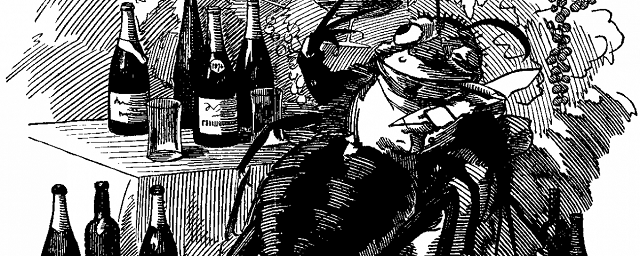Phylloxera
Phylloxera, a pale yellow green aphid almost wiped out Europe’s wine industry in the late eighteenth century. It affected more than two thirds of Europe’s vineyards causing damage to the French economy and many job losses.
The source
There are many theories on how the North American native found it’s way to Europe.
The aphid could have arrived with imported vines possibly via English wine growers who had been experimenting with American vine stock. Others say it was airborne or arrived in cargo. Steamships quickened journeys across the Atlantic allowing pests to survive the journey.
One story suggests that a ‘discoverer’ of a remedy introduced the aphid in a bid to claim a reward.
A popular tale is of a vineyard owner in France’s Languedoc region. After planting some vines from North American along-side his indigenous varieties, his original vines began to perish. Neighbouring vineyards also suffered. The spread was rapid, no-one could work out why. The vineyard owner only confided to his wife. After his death, apparently from the stress of it all, his wife informed the authorities. They sought scientific expertise 1868, namely French biologist – Jules-Emile Planchon.
Science
Planchon discovered that in America, the aphid attacked the vine leaves so could be controlled by pesticides. In Europe though, it changed its feeding habits and went underground to feast on the vine roots. Some growers tried unsuccessfully to kill the aphids by burying a live toad under the vines. In 1870 an American entomologist – Charles Valentine Riley confirmed this theory.
Two French growers, Leo Laliman and Gaston Bazille put two and two together. Realising European vine leaves were unaffected as were American roots, they proposed grafting European vines on to American root stock. This worked and was the breakthrough.
Recovery
Growers fell into two camps; the Chemists advocated using pesticides whilst the grafters or Americanists as the name suggests used grafting. Recovery through the process known as ‘ vine reconstitution’ took over ten years, a huge task allowing the European wine industry to return to relative normality.
Phylloxera remains an active pest today.
 Vino-Club For Wine Lovers
Vino-Club For Wine Lovers







